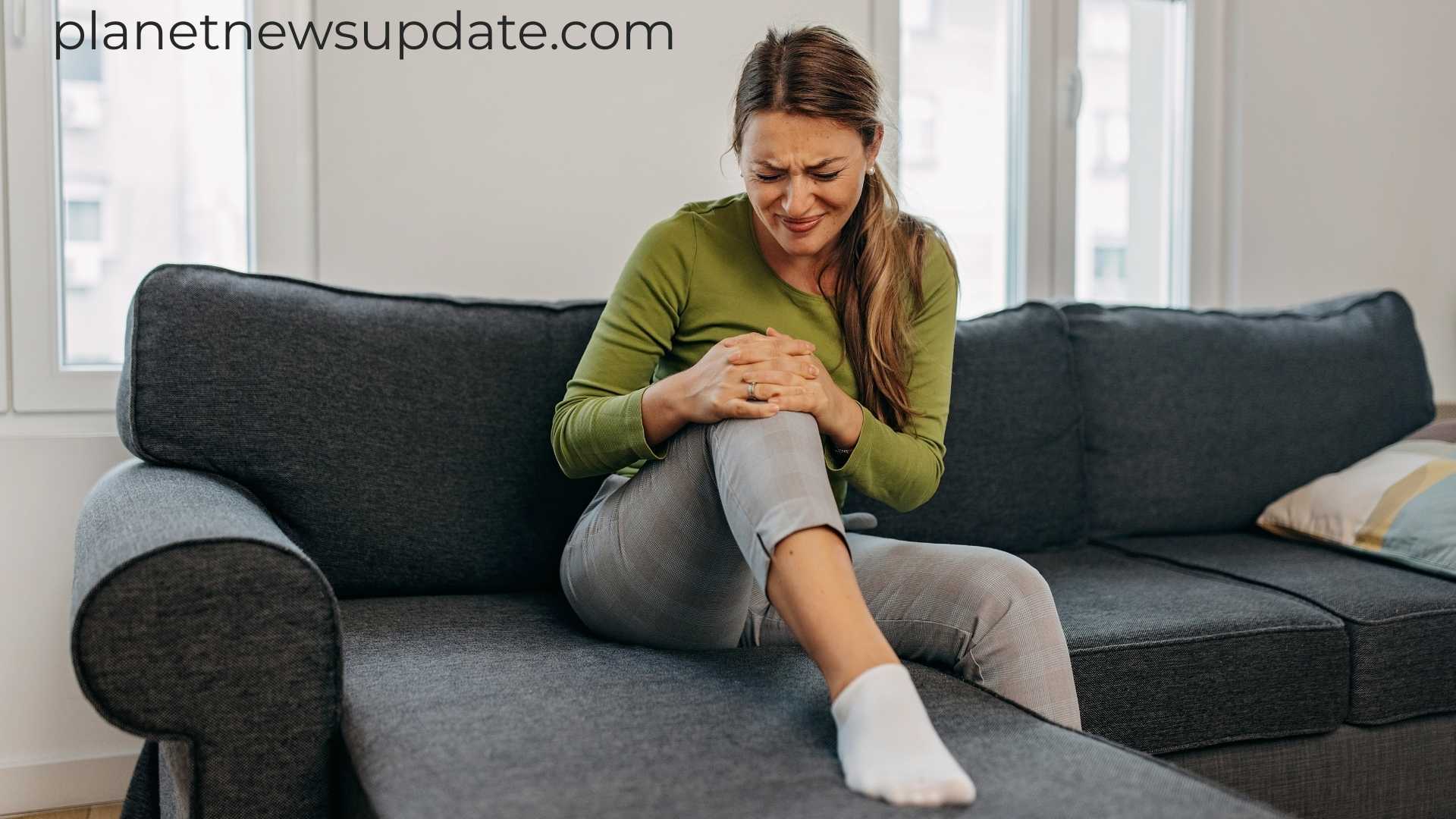Why Your Knees Ache More With Age – 10 Simple Steps to Loosen Them Up
As you age, knee pain can become a frustrating reality, limiting mobility and impacting daily life. Understanding why your knees ache more with age and learning practical ways to alleviate discomfort is key to staying active and pain-free. In this blog post, we’ll explore the causes of age-related knee pain and share 10 simple, effective steps to loosen up your knees, improve flexibility, and enhance joint health. Whether you’re dealing with occasional stiffness or chronic discomfort, these strategies will help you regain mobility and live more comfortably.
Why Do Your Knees Ache More With Age?
Knee pain becomes more common with age due to several factors:
- Cartilage Wear: The cartilage cushioning your knee joints thins over time, leading to osteoarthritis, which causes pain and stiffness.
- Reduced Synovial Fluid: Aging decreases the production of synovial fluid, which lubricates joints, resulting in friction and discomfort.
- Muscle and Tendon Weakness: Weakened muscles and less elastic tendons around the knees reduce joint support, increasing strain.
- Inflammation: Chronic low-grade inflammation, common with aging, can exacerbate joint pain.
- Previous Injuries: Old injuries, like meniscus tears or ligament damage, can resurface as pain years later.
- Weight Gain: Extra body weight puts more pressure on knees, accelerating wear and tear.
According to the Arthritis Foundation, over 50 million adults experience some form of arthritis, with knee osteoarthritis being a leading cause of age-related knee pain. Understanding these causes empowers you to take proactive steps to manage and prevent discomfort.
10 Simple Steps to Loosen Up Your Knees
1. Incorporate Low-Impact Exercise
Low-impact activities like walking, swimming, or cycling strengthen the muscles around your knees without stressing the joints. Aim for 20-30 minutes, 3-5 times a week. Studies show low-impact exercise can reduce knee pain by up to 40% in osteoarthritis patients.
Pro Tip: Try pool-based exercises to minimize joint impact while improving mobility.
2. Stretch Daily to Improve Flexibility
Tight muscles contribute to knee stiffness. Perform daily stretches like the quadriceps stretch (pull your heel toward your glutes) or hamstring stretch (extend one leg and reach for your toes). Hold each stretch for 20-30 seconds, repeating 2-3 times per leg.
Pro Tip: Use a resistance band to assist with stretching if mobility is limited.
3. Strengthen Supporting Muscles
Weak quadriceps, hamstrings, and glutes can strain your knees. Try exercises like straight-leg raises or mini squats to build strength. Perform 2-3 sets of 10-12 reps, 3 times a week. Strong muscles absorb shock, reducing joint stress.
Pro Tip: Work with a physical therapist to ensure proper form and avoid injury.
4. Maintain a Healthy Weight
Excess weight puts significant pressure on your knees—every pound of body weight adds about 4 pounds of stress to the joints. Losing just 5-10% of body weight can reduce knee pain by up to 50%, according to research. Focus on a balanced diet rich in vegetables, lean proteins, and healthy fats.
Pro Tip: Track calorie intake with apps like MyFitnessPal to stay on target.
5. Use Heat and Cold Therapy
Apply a warm compress to loosen stiff knees before activity, as heat increases blood flow and relaxes muscles. After exercise or if swelling occurs, use a cold pack for 15-20 minutes to reduce inflammation. Alternate as needed for relief.
Pro Tip: Wrap ice packs in a cloth to avoid skin irritation.
6. Try Gentle Yoga or Tai Chi
Yoga and Tai Chi improve flexibility, balance, and joint stability while reducing stress, which can worsen pain. Poses like the Chair Pose or Warrior I strengthen knee-supporting muscles. Join a beginner class or follow online videos for 10-20 minutes daily.
Pro Tip: Look for “chair yoga” routines if standing poses are challenging.
7. Stay Hydrated
Dehydration reduces synovial fluid, which lubricates your joints, leading to stiffness. Drink 8-10 cups of water daily, more if you’re active. Proper hydration supports cartilage health and reduces friction in the knees.
Pro Tip: Add lemon or cucumber to water for a refreshing boost to stay hydrated.
8. Use Supportive Footwear
Worn-out or unsupportive shoes can misalign your knees, worsening pain. Invest in shoes with good arch support and cushioning, like those designed for walking or running. Orthotic inserts can also help distribute weight evenly.
Pro Tip: Replace shoes every 300-500 miles of use to maintain support.
Must Read: Could Fungi Be Conscious? A Deep Dive into the Mind of Mycelium
9. Consider Supplements
Supplements like glucosamine and chondroitin may support joint health, though results vary. Omega-3 fatty acids, found in fish oil, have anti-inflammatory properties that may reduce knee pain. Consult a doctor before starting supplements to ensure they’re safe for you.
Pro Tip: Pair supplements with an anti-inflammatory diet rich in turmeric and ginger.
10. Practice Joint-Friendly Habits
Avoid prolonged sitting or standing, as both can stiffen knees. Take breaks every 30 minutes to move or stretch. Use a knee brace for support during activities if needed, and avoid high-impact movements like running on hard surfaces.
Pro Tip: Set a timer to remind yourself to stand or walk briefly throughout the day.
Why These Steps Work
These strategies address the root causes of knee pain by improving joint lubrication, strengthening supporting muscles, reducing inflammation, and minimizing stress on the knees. Consistent practice can enhance mobility, reduce discomfort, and prevent further joint damage, helping you stay active as you age.
When to See a Doctor
If knee pain persists, worsens, or is accompanied by swelling, redness, or inability to bear weight, consult a healthcare provider. Conditions like severe osteoarthritis, meniscus tears, or rheumatoid arthritis may require medical intervention, such as physical therapy, injections, or surgery. Visit an orthopedist or rheumatologist for a thorough evaluation.
Final Thoughts
Age-related knee pain doesn’t have to hold you back. By incorporating these 10 simple steps to loosen up your knees, you can reduce discomfort, improve mobility, and maintain an active lifestyle. Start with one or two strategies, build a routine, and consult a professional for personalized guidance. Your knees—and your overall well-being—will thank you.
Which step will you try first to relieve knee pain? Share your thoughts in the comments.








One Comment